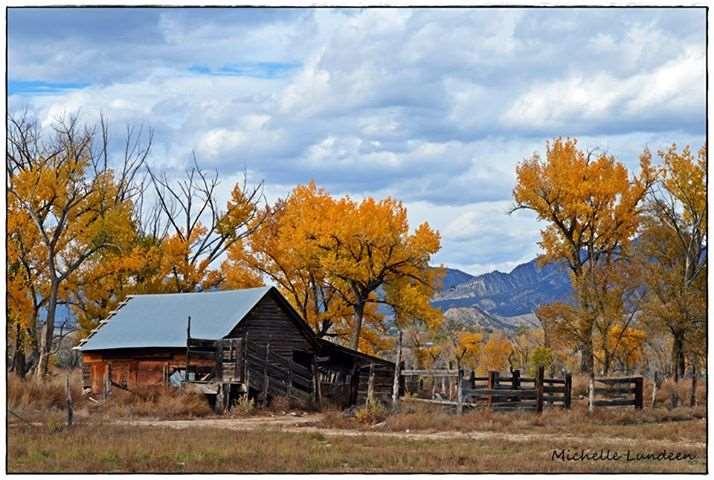Use of 1041 Regulations Case Study: Town of Silt
Case Study: Town of Silt
Population: 2,976 (U.S. Census Bureau, 2015)
Location: 68 miles east of Grand Junction along I-70 in Garfield County
1041 Designations:
- Mineral Resource Areas
- Natural Hazard Areas
- Historical, Natural or Archaeological Resource Areas
Year of 1041 Adoption: 2007
Number of Permits Approved since 2007: 0

1041 Story
Silt is a bedroom community of Aspen and other ski towns and provides a lot of the more affordable housing in the area. It sits along the Colorado River and is home to a 132-acre river preserve and other natural resources that need to be protected. It is also in an area where there are a number of gravel deposits. In 1999 Garfield County approved an application for a gravel pit mine along Silt’s borders without giving any notice to Silt. In 2004, Silt received an application for a gravel pit mine near the Colorado River and was working with the applicant to include provisions to protect a blue heron rookery and other wildlife habitats near the river. The applicant abruptly pulled its application, applied to the County, and the gravel mine was approved without the protections Silt was attempting to put into place. In 2005, Silt became a home rule municipality. The Town wanted to control its destiny and chose to adopt 1041 Regulations because of the control that those regulations give to the local government.
Developing and Implementing their 1041s
Silt’s 1041 process began in the Town’s Community Development Office with a review of other communities’ 1041 Regulations (specifically, Frederick’s). Air and water quality professionals were consulted and a biologist, geologist, and traffic engineer were retained to provide expertise and
guidance. Town attorneys reviewed the regulations for compliance with the enabling legislation. Town council adopted the regulations within their zoning code.
There was no opposition or direct challenge made to Silt’s 1041 Regulations, though some in the community were concerned that the regulations were not strict enough, particularly with protecting the environment and regarding oil and gas extraction. Silt responded to these concerns and assured the community that they would be good stewards of the land and would work to protect their resources.
Some Key Features of Silt’s 1041 Regulations
The application requirements under its mineral resource areas designation include a fire protection plan, identification of water sources and use rights, and a traffic plan that includes “the numbers and types of vehicles entering and exiting the site” (Silt, 2017, § 17.77.070(J)). Applicants must also submit a wildlife study demonstrating their compliance with all “regulations and standards concerning wildlife and endangered species” (Silt, 2017, § 17.77.210). Silt’s 1041s also establish setback requirements from all buildings and public roads for extraction sites or processing plants (Silt, 2017).
Effectiveness of the 1041s for Regulating Development
Silt was looking for a way to control the development of mineral extraction activities and 1041s are an effective tool for that objective. There are very critical commercial areas directly across the Colorado River from the 2004 gravel pit and nearby property owners appreciate that there is a level of control that can be exercised that helps protect their properties against any adverse impacts from mineral extraction activities. While Silt has not had any applications for development under its 1041 Regulations, the regulations are in place if and when an application is received.
Advice | Tips | Strategies for Adopting 1041s from Silt
Be pro-active and utilize 1041 Regulations to address areas of high community priority and concern. Take an inventory of the properties, land uses, assets, and resources in your community to identify which types of areas or activities are most pressing. Make 1041 designations that address those pressing issues first.
Takeaways
The two gravel pit applications approved by Garfield County made Silt realize that they had no regulations in place should they receive an application for such development within their borders. Though their regulations will not impact development outside their boundaries, there is now a mechanism in place that protects their natural areas and minimizes adverse impacts for their community members when such applications are received. By taking an inventory of their existing conditions, the Town was able to identify specific areas of potential development, prioritize those that they were most likely to see, and develop regulations that specifically addressed those needs without adding other, unneeded regulations.